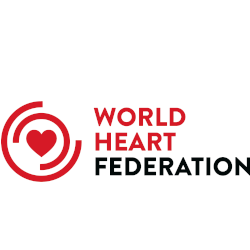Review
Improving hydrogenated fat for the world population
Abstract
Hydrogenated fat made from vegetable or fish oils has served as an increasing source of calories in both developed and developing countries since its introduction into the diet in 1919. The trans isomers formed during hydrogenation serve as an energy source and have been assumed to act in the same way as the trans fatty acid in butter fat or the tallow rendered from the fat of ruminant animals. More recent studies with porcine fed butter fat vs. hydrogenated fat using corn oil as a control indicated, however, that trans fatty acids in hydrogenated fat inhibit acyl-CoA desaturase enzyme activities. Such activities are involved in the metabolic conversion of essential fatty acids (EFA) to polyunsaturated fatty acids (PUFA), which remodel the vascular cell membrane fatty acids composition resulting in calcification of vascular tissue. The trans fatty acids in butter and ruminant fat do not inhibit acyl-CoA desaturase or remodel vascular cell membrane fatty acid composition. Trans fatty acids in hydrogenated fats increase the production of inflammatory cytokines associated with the pathophysiology of atherosclerosis. Cytokines have a stimulating effect on cyclooxygenase (COX-2) and may inhibit prostacyclin synthase. The elimination of trans fatty acids from hydrogenated fat is desirable for three reasons: they remodel vascular cell membrane fatty acid composition so that the influx of calcium increases; they inhibit prostacyclin synthesis; and they increase the production of proinflammatory cytokines. Vegetable oils can be hydrogenated and rearranged with unhydrogenated vegetable oils to contain no trans or isomeric fatty acids.


